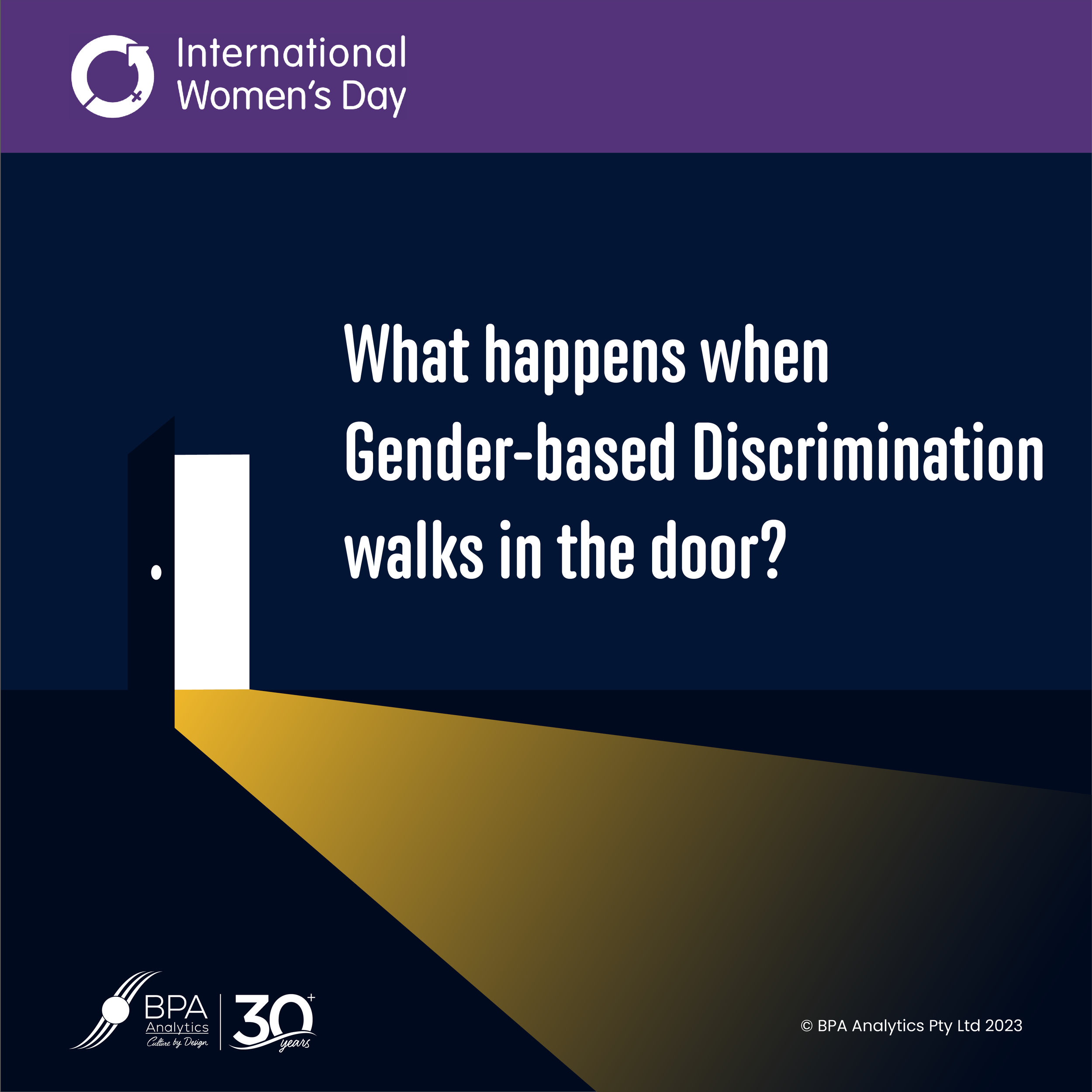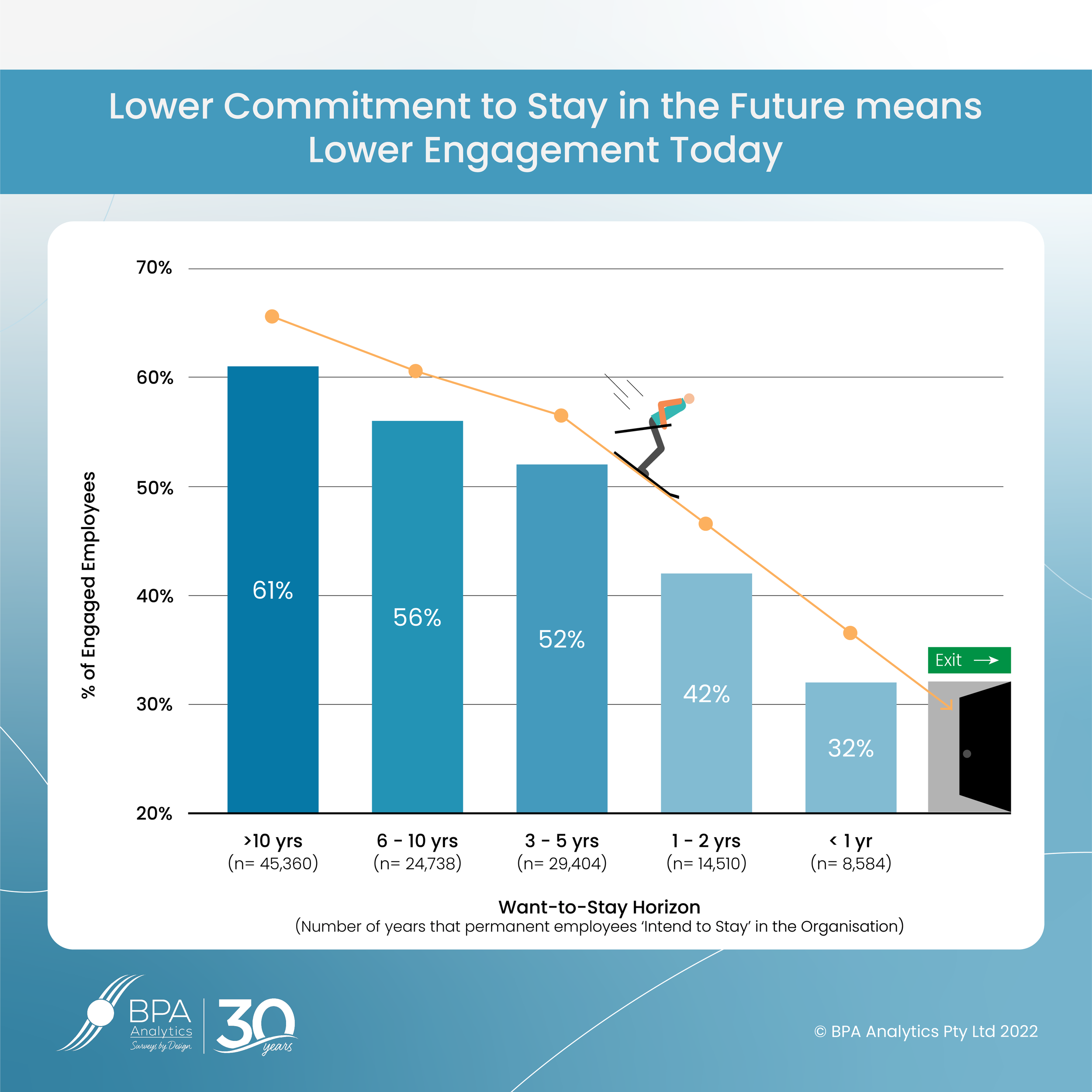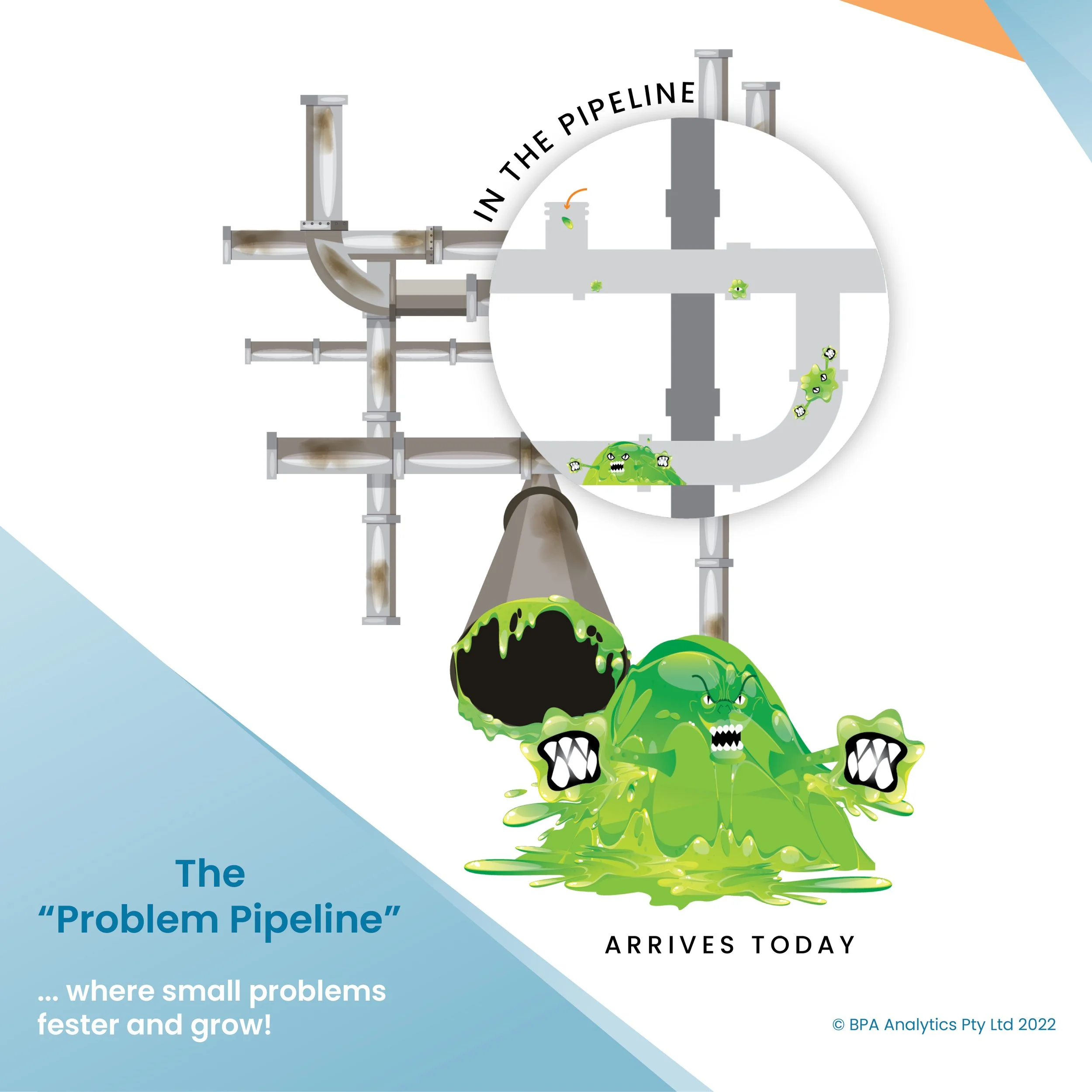Shining a light on the drivers of Employee Engagement
/This discussion is about how easy it is to claim you can identify a driver of employee engagement when all you actually have is a pretty good correlation.
Expert statisticians are very careful not to confuse correlation with causation. Just because 2 variables move in lock-step doesn’t mean that one variable causes the other.
The 2 variables may be associated in some way (hence, the correlation) but taking the step from correlation to causation requires judgement, and judgement requires extra evidence beyond the variables themselves.
In BPA’s employee engagement research, we unpack engagement drivers by asking respondents to describe the things that are most important to them, or to describe the reasons why they made a specific decision.
The power of words to shine a light on employee motivators and de-motivators creates that extra evidence you need to move from correlation to causation.
It does mean it is harder to analyse because theming narrative text is a tough gig.
And we can’t assume that everyone has perfect awareness of their own motivations, as we are really only seeing their best guesses of these motivations. But it still creates strong, valid metrics of employee engagement drivers.
So, if someone claims to be able to routinely identify the drivers of employee engagement, then just ask them for the extra evidence they are using to form this judgement. A good correlation is never going to be enough.













